Diablo 4 introduced five different character classes to traverse Sanctuary with. All of these classes are returning characters from the previous three Diablo games in the franchise, with some of them more iconic than the others. Each class has its strengths and weaknesses and can be useful at different points in the story, whether you’re playing solo or with friends.
But not every class is as good as the other, even though they are all relatively equal in terms of power. This perception stems from several factors tied to the classes themselves, such as accessibility, ease of execution, and how friendly they are to new players. Some classes scale better with levels, while others start as powerhouses from the get-go.
So which classes perform better than the others? We have made a tier list based on our opinions after playing each class in season one, the Season of the Malignant, and this is our conclusion.
Diablo 4 season one classes tier list
This tier list is based on a few factors that make the reasoning behind it easier to understand.
- Learning curve: Some classes are just easier to pick up and learn compared to others because their skill mechanics are simple to execute.
- Early-game power: Some classes output high amounts of damage in the early levels while others build up to them later in the game with more levels.
- Newbie-friendly: Some classes manage a good damage output with high survivability off the bat, while others can be total glass cannons that new players would struggle with.
- Build variance: Some classes have a lot of viable builds that maintain their strength later in the game, while others have to stick to just one build in most cases.
- End-game strength: Some classes seem to lose some power as the end game approaches, while others clear content like Nightmare Dungeons with minimum effort.
Now that you know what to expect, these are the classes from worst to best, in my opinion. Note that each class in Diablo 4 is roughly equal in power in a vacuum, so some classes might outshine others in certain situations.
Related: Here are all the Diablo 4 classes and abilities
The order of these classes is based on overall power and the ability to hold their own in nearly any situation. Without further ado, here is the first entry.
5) Druid
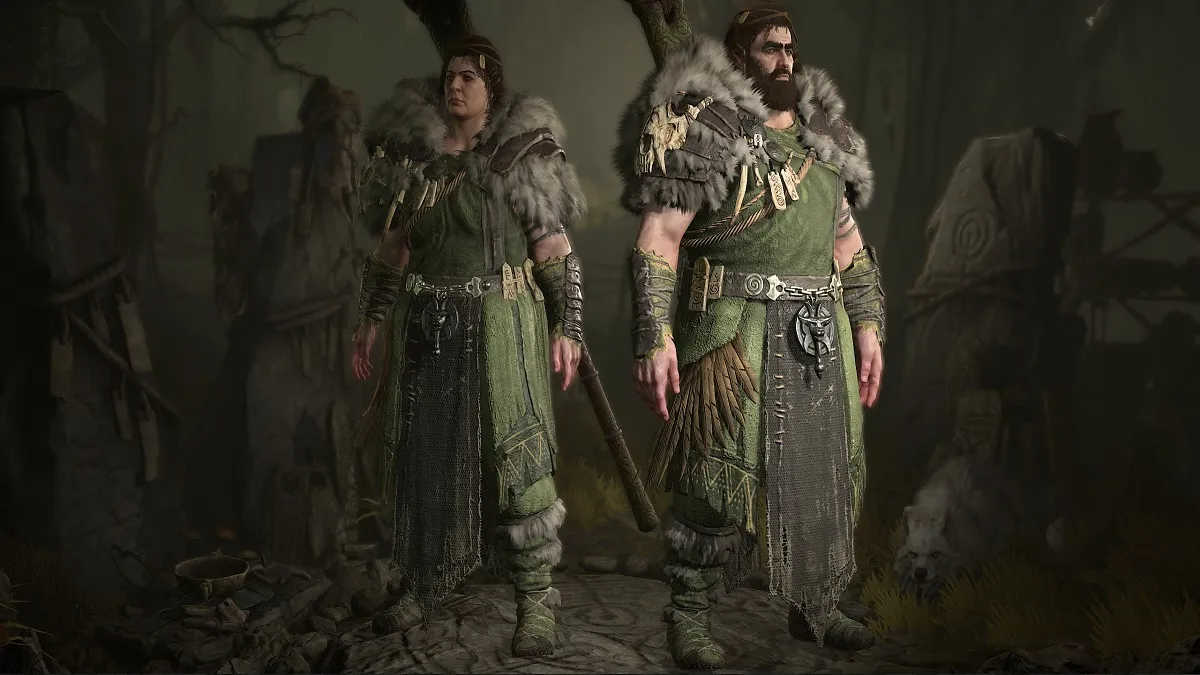
The Druid returns from Diablo 2: Lord of Destruction after skipping Diablo 3. This class is at the bottom of the list because its skills can be underwhelming compared to the other classes, especially since they need a lot of levels to get stronger. This has also led to the speculation the Druid is the least played class. But that doesn’t mean this class is especially weak.
For players that have played Diablo 2, you would notice the Druid brings its unique combination of Elemental, Summoning, and Shapeshifting skills to Diablo 4. This makes the Druid a variety of the Sorcerer, Barbarian, and Necromancer, albeit worse than all of them with its “jack-of-all-trades, master of none” playstyle.
For best results, we recommend choosing one playstyle only.
If you focus on the Shapeshifting skills of the Druid, you have the classic Werewolf and the Werebear forms to choose from. If you like getting up close and personal with enemies, these forms will make short work of them. Pair them with passives that buff up each form, and you have a potent killing machine on your hands.
On the other hand, if you choose to play as a caster, you can play with the Earth and Storm trees of his Elemental magic. As powerful as these skills can be, the Druid has trouble managing his primary resources, making him difficult for newer players to master. Once you gain enough experience with the game, playing this style of Druid can be pretty satisfying.
Leveling up the Druid, however, and making them strong with gear takes a considerable time investment. If you prefer less of a challenge, we recommend choosing one of the other classes.
This is the case for season one. If you love the Druid, then by all means, go for it and use the Pulverize Druid build, as this is the best build for the seasonal content. But if you want an easy time for this first season, I recommend any other class.
4) Barbarian

The true original class of the Diablo series, the Barbarian has been a mainstay of the series since Diablo: Hellfire. Every generation of the Diablo games has given us a new iteration of the Barbarian, the warriors from Harrogath that function great as a crowd-controller and a tank, especially in a team setting. But Barbarians have a bit of a slow start, which makes them take the fourth spot.
This was exacerbated further during the open beta, where the Barbarian was the only class that underperformed compared to the rest. Once the game was released and more players started to pick up this powerhouse, however, they realized that he was, in fact, an underrated gem that needed more experimentation.
Unlike the other classes, the Barbarian’s skill masteries come from the weapons they equip. Their Arsenal system allows them to pick skills based on one of four weapons they can wield. Depending on the weapon chosen, you gain access to a variety of skills based on damage, tankiness, or crowd control, making the Barbarian capable of handling any situation.
Their versatility makes the Barbarian one of the most interesting classes to play. Being able to buff themselves and their party, debuff their enemies, deal area-of-effect damage, and defend their allies make them perfect in any party lineup. Depending on the lineup you’re playing with, they can either be offensive or defensive-oriented.
But since the class hasn’t been experimented with as much as the others, there is still time to see whether the Barbarian makes it up the tier list or not as time passes and we learn more.
The Barbarian isn’t doing too terribly in season one, but the amount of effort you put into this class makes leveling it in the seasonal realm tedious. If you decide to play Barbarian in season one, I recommend the Rend or Hammer of the Ancient builds, as they’re outperforming the other builds.
3) Necromancer
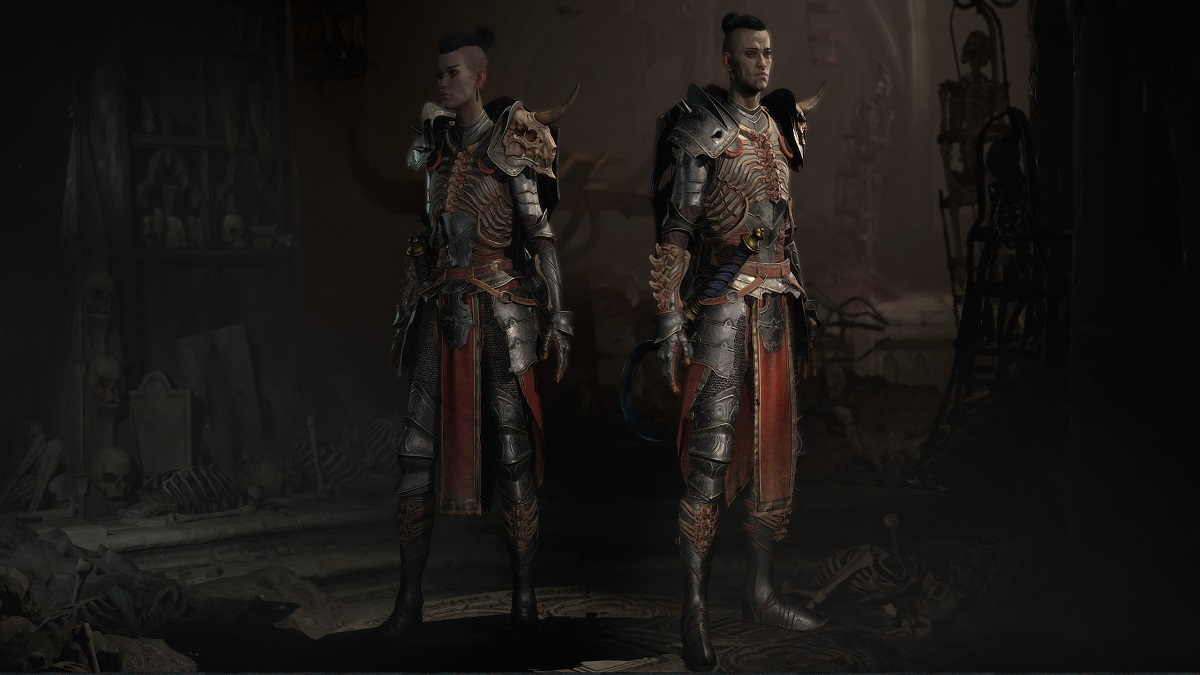
Another staple class that any Diablo 2 or Diablo 3 enthusiast will instantly recognize, the Necromancer makes its way to third place. At one point in time, we would place the Necromancer in first place, especially in the early beta days, but times have changed and other classes have taken their place. But that doesn’t mean the Necromancer is a pushover by any means.
First, the Necromancer is one of the safest classes to play because of its inherent ability to summon minions. You can choose from Skeleton minions consisting of Warriors and Mages or a hulking Golem to tank damage for you. Regardless of the bodyguards you choose, you will be well-protected as you clear dungeons and acquire Aspects as you clear through the story.
On the offensive side, the Necromancer can choose various of spells. You have Blood, Bone, Shadow, and Corpse spells in your offensive arsenal that you can pair with Curses as your supporting skills. Curses go well with your summons, with Decrepify’s weakness ability better used with the Skeletons and Iron Maiden’s damage return better used with your Golem.
You can also choose to drop all of your summons in favor of a solo Necromancer playstyle similar to Diablo 3’s Stand Alone passiDecidingsing to drop your summons will give you more damage, health, and armor to better stand against your opponents alone.
And finally, Necromancers have four ultimate abilities to choose from, one from each offensive playstyle. Choosing any of these will define your playstyle, rounding off with a powerful passive skill at the end which will perfect your build.
Don’t get me wrong; the Necromancer has various builds that are killing it in season one, like Sever and Blight Corpse Explosion. But, the lack of mobility will put you in the grave, making leveling quite painful in the seasonal realm.
2) Rogue

The Rogue makes a return from the original Diablo, being one of the three original playable classes and vanishing from the series till Diablo 4. The Amazon (Diablo 2) and the Demon Hunter (Diablo 3) are Rogue variants, but nothing beats the original Rogue when it comes to their variety of skills to play with. It comes as no surprise that the Rogue was one of the most played classes in the beta.
Initially, the Rogue’s power didn’t seem comparable to the Necromancer or the Sorcerer. This is because the Rogue lacks the huge summons or flashy area-of-effect skills that the classes mentioned earlier have. Instead, the Rogue is more of a technical class, with most of their damage coming from precise, well-timed attacks from the shadows. However, they’ve since risen from the shadows and have made themselves known.
Rogues can choose from Cutthroat, Marksman, and Subterfuge skills to maximize their stealthy playstyle. Cutthroat skills focus more on your daggers and smaller weapons that can make short work of bigger targets quickly. Marksman skills focus more on your bow if that is your weapon of choice, getting rid of bigger threats from a distance.
Subterfuge skills include abilities that involve deception and traps. Using distractions to bait enemies into your traps will take them out almost instantly (unless they’re bosses), giving the Rogue some good crowd-control of its own.
This class takes a while to find its stride, but once it does, the Rogue has the potential to take out enemies faster than any other class in Diablo 4.
Despite being mechanically intense, the Rogue shines from the darkness in season one, especially with its Twisting Blades Rogue build. If you don’t mind the intensity and the adrenaline fuel that is playing a Rogue as you zip around the map, try it in this first season—you won’t regret it.
1) Sorcerer

This one probably comes as no surprise to players, seeing the powerhouse that Sorcerers can be right off the bat, Sorcerers are the most played class in Diablo 4. Older players of the series will agree since the Sorceress (Diablo 2 variant) and the Wizard (Diablo 3 variant) have arguably been the most powerful classes in their respective games, even though they can be relatively fragile.
The glass cannon nature of Sorcerers makes them a high-risk, high-reward class to play. Sticking true to their roots, the Sorcerers come back to Sanctuary, bringing their three powerful Elemental magic trees to Diablo 4: Pyromancy, Frost, and Shock. Each Elemental tree focuses on one aspect of the Sorcerer, providing different benefits depending on the element you choose to stick with.
Regarding raw damage, there is perhaps no better choice than Pyromancy. Fire skills have always had the highest damage output in the Diablo series, with skills such as Meteor and Hydra being the prime examples historically, and this tradition continues in Diablo 4. The Pyromancy tree also has the best area of effect skills to deal with clustered enemies grouped together.
If your play style is more defense-oriented, Frost is the skill tree for you. Cold spells have always been the most useful for crowd control, with various slows and shields to keep enemies away from the Sorcerer. This is ideal because of the previously mentioned glass cannon nature of the Sorcerer, so freezing enemies in place is the most newbie-friendly way of dealing with this problem.
And finally, if you want to inflict status effects and eliminate your enemies quickly, Shock is the tree you want. The Lightning skills make short work of enemies with high health pools and are perfect for taking down bosses. The highly valuable Teleport skill is also tied to the Shock tree, so even if you choose not to go down this route, getting this one skill is highly worth it.
Even though the Sorcerer is quite fragile, their abundance of crowd control skills makes them the perfect class to run Hardcore mode with. With so many options, don’t be afraid to experiment with the Sorcerer. If you don’t like the results, you can always reset your skills whenever you choose, so have fun with it.
As someone who loves the Sorcerer class, I am so happy to say that the Sorcerer is THE class to pick in the Season of the Malignant, especially the Chain Lightning and Firewall builds. However, the Ice Shards build; specifically, the leveling build is doing really well, too. These builds are the saving grace of this poorly executed season, and they’re actually making it fun and easy to complete the content.
Bonus: Honorable Mention
Although I did put the Necromancer third on the list, I want to give an honorable mention to the Bone Spear build, which is crushing it in the seasonal content. As we all know, there are a few issues with Necromancers, but if your heart is set on playing this class, this is the build to play.



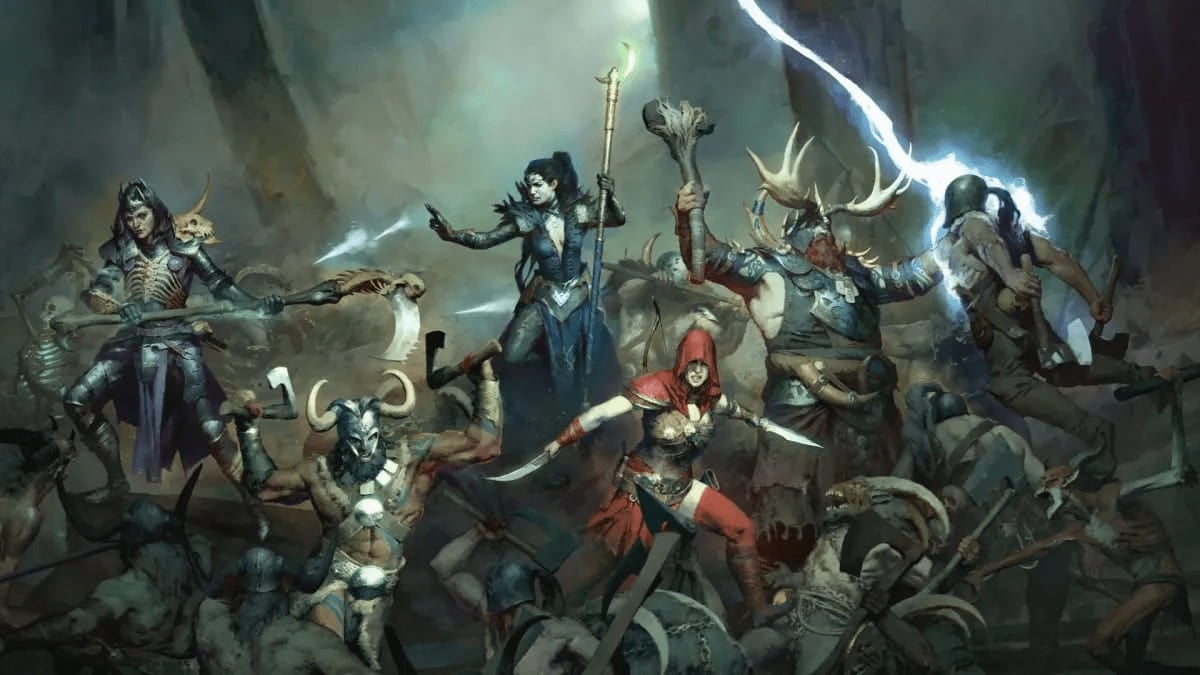
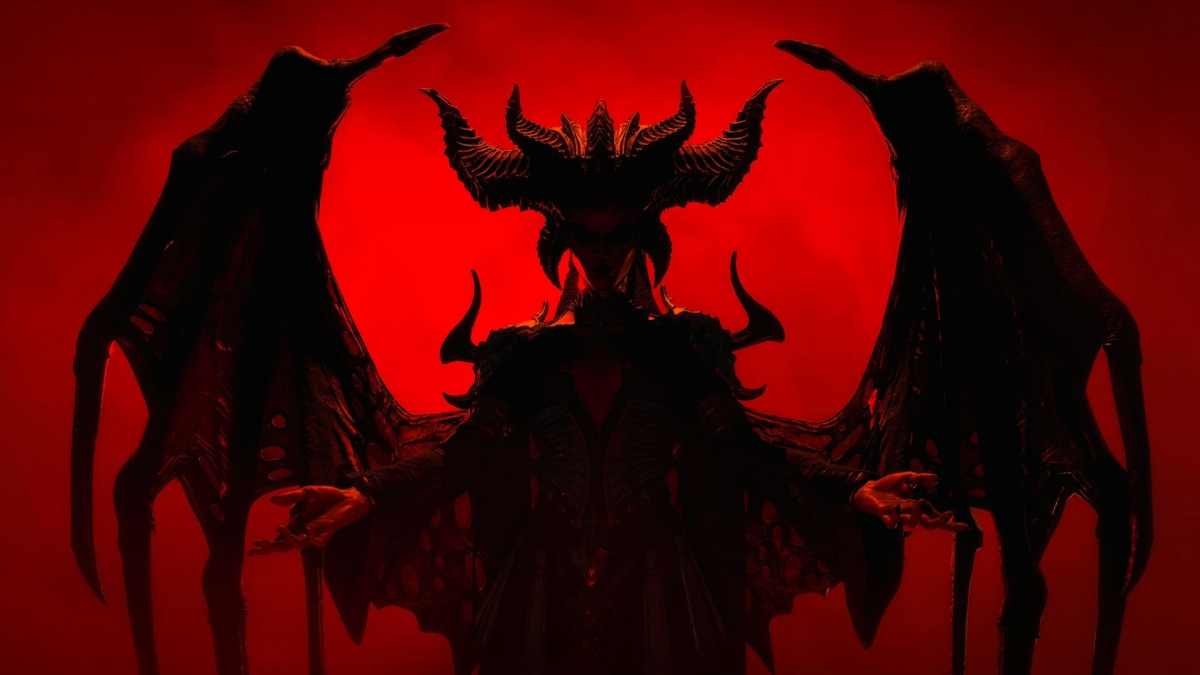
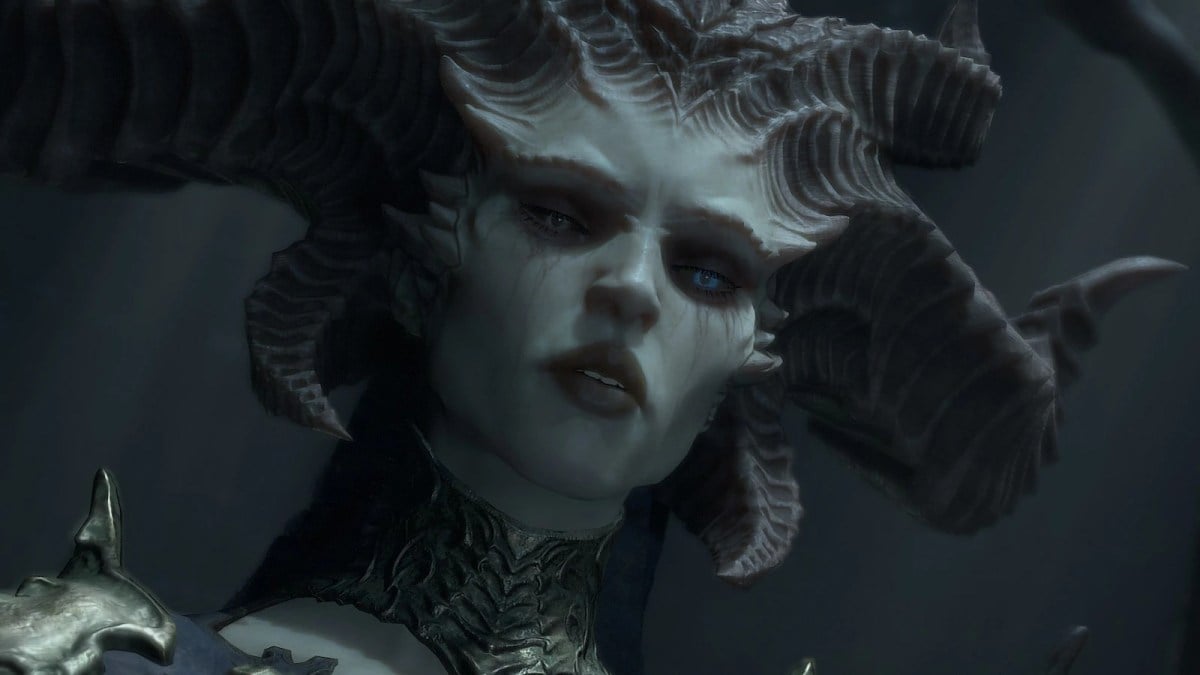

Published: Jul 24, 2023 01:49 am